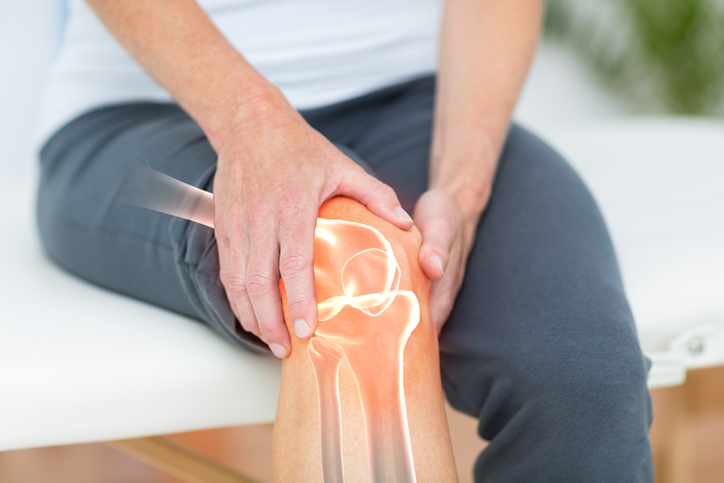
Patellar tendonitis or “Jumper's Knee"
"The front of my knee hurts when I jump."
At the base of the kneecap (patella) is a thick patellar tendon, connecting the patella to the tibia bone. This tendon is part of the 'extensor mechanism' of the knee, and together with the quadriceps muscle and the quadriceps tendon, these structures allow your knee to straighten out. Patellar tendonitis is the condition that arises when the tendon and the tissues that surround the kneecap become inflamed and irritated. This usually happens as a result of overuse, especially from jumping activities. This is why patellar tendonitis is often called "Jumper's Knee."
Treatment: The most important first step in treatment is to avoid activities that aggravate the problem, which includes stair climbing and jumping. Dancers may need to restrict their class and rehearsals to limit these activities until symptoms improve. During the acute injury stage, ice and anti-inflammatory medications may be helpful for pain relief. Stretching of the quadriceps, hamstrings, and calf muscles prior to activity is very important to relieve stress on the patella tendon. Seeking consultation with a physician or physical therapist can be very helpful to evaluate strength, flexibility, or technique deficits that may be contributory factors in patellar tendonitis.
Avoiding Knee Injury Using Proper Landing Techniques
Most sports involve some degree of jumping, and during landing, high amounts of force are absorbed through the lower extremities. Incorrect performance can cause severe derangement or disruption of the normal functioning of the ligament or cartilages of the knee structure. According to research, 70% of all anterior cruciate ligament (ACL) injuries occur when landing from a jump.
During the landing phase, forces of nearly five times your body weight may be experienced. A proper landing technique allows for the anterior thigh muscles (quadriceps) and the calf muscles (gastrocnemius) to cushion the body from shock. Severe knee injury occurs when the body does not absorb these forces.
Another risk factor for knee injury is asymmetrical muscular use between the right and left legs. An athlete that tends to land more on one leg will accept an increased load through that particular knee.
Landing technique is extremely important. Training should emphasize landing with the knees bent and aligned forward to allow the quadriceps and calf musculature to absorb the landing.
Both legs should accept weight equally. A forefoot landing technique should be used: not a heel-to-toe landing.